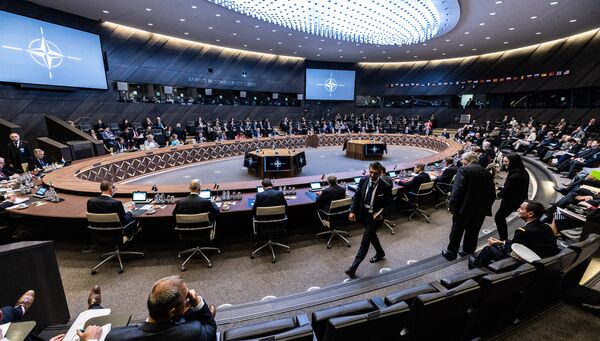
NATO defence ministers meeting in Brussels on 12–13 October decided to increase the allies' stockpiles of munitions and equipment and to use the NATO defence planning process to provide the defence industry with the long-term demand required to boost production. (NATO)
Both NATO and the European Union (EU) are scrambling to foster joint procurement, stimulate accelerated defence-industrial production, and promote shared warehousing among their national militaries to replace depleted stocks sent to Ukraine and bolster Europe's own territorial defence. The allies even intend to overhaul their ponderous four-year NATO defence planning process (NDPP) in hopes of supporting those objectives.
Speaking to reporters at the end of a 12–13 October meeting of allied defence ministers in Brussels, NATO Secretary General Jens Stoltenberg said the officials took decisions “to increase our stockpiles of munitions and equipment, to speed up the delivery of capabilities, and to use the NATO defence planning process to provide industry with the long-term demand they need to boost production”.
Across town, a new EUR500 million (USD486 million) proposal – the European Defence Industry Reinforcement through common Procurement Act (EDIRPA) – is moving through the EU's legislative machinery with the objective of supporting rapid and competitive joint procurement among EU militaries.
“Joint procurement is all about process and habits at MoD [Ministry of Defence] level, and we see this – the member states are calling each other to agree on requirements,” François Arbault, director for defence at the European Commission's Directorate-General for Defence Industry and Space, told an 11 October defence conference in the Belgian capital. “It will take time, but it is happening.”
Looking to read the full article?
Gain unlimited access to Janes news and more...
